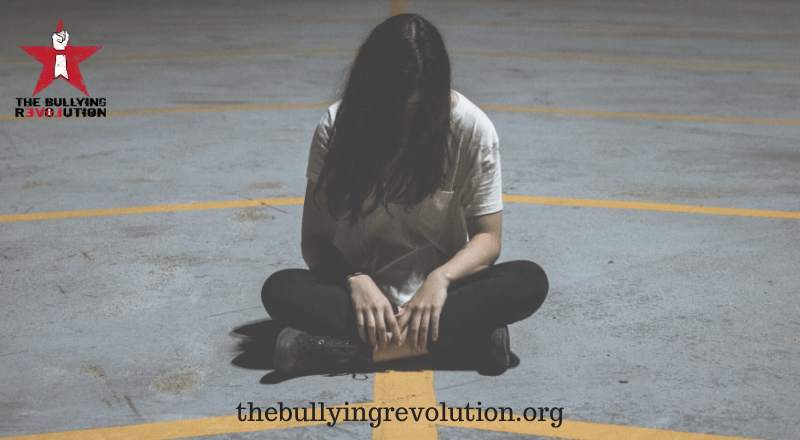CONTENT/TRIGGER WARNING: Suicide
Two years ago we published an article entitled Bullying kills kids. In the article we discussed the concerning link between bullying, depression and suicide, as evidenced by the latest Australian data on the mental health and wellbeing of children and adolescents. Kids are nine times more likely to develop depression if they’ve been bullied. They are three times more likely to commit suicide if they’ve been bullied. These are still the most recent statistics available and the article is still as relevant today as it was two years ago. Sadly, suicide is still the leading cause of death of young people in Australia. More young people in Australia die from suicide than from car crashes, drownings and cancer combined! The rates in many other first world countries are similar. Suicide is an issue of massive global concern.
In the two years since we wrote this piece, we have attended several international bullying conferences where we have heard some academics warn against discussing the link between suicide and bullying. They caution others who work in this field to be mindful of not being alarmist and sensationalist. These are the same researchers who use a definition of bullying that precludes the majority of harmful behaviours that occur in social interactions from being counted in the statistics for bullying.
More young people in Australia die from suicide than from car crashes, drownings and cancer combined!
It is not sensationalistic or alarmist to say that bullying kills kids when a 13 year old boy who is beaten to within inches of his life by his peers, kills himself two days after being discharged from hospital. He died the day before he was due to return to school where he would have to face his tormentors.
It is not sensationalistic or alarmist to say that bullying kills kids when a teenage girl tells a boy who likes her to go and kill himself because she is embarrassed by his crush on her, and he does.
It is not sensationalistic or alarmist because these are not exaggerations. They are true accounts of things that happened right before real children took their lives. Of course suicide is far more complicated than just those factors. But the truth is that those bullying behaviours were preventable actions that contributed to the loss of lives.
So why do the “experts” ask people to exercise caution and not be alarmist when talking about how bullying contributes to suicide?
Is it bullying?
One reason is because restrictive definitions often do not consider the experience of these children to be bullying. There was no evidence that the boy had been tormented repeatedly or with intent. According to his family, it was well hidden; it only became publicly known when he was bashed with a baseball bat leading to hospitalisation. This was considered an incident of assault, not bullying, because there was no record of it being repeated. In the case of the girl telling the boy to take his life, there was no proof she intended to harm him with her words. There was no evidence that she said it to him more than once, or that it was her words that lead to his death. Therefore, by current definitions, this is not considered bullying.
We cannot dismiss these cases as rare and not warranting alarm when almost a third of all youth deaths are attributable to suicide.
To be alarmist is to exaggerate a danger to cause needless worry or panic. To be sensationalistic is to use material to arouse an intense emotional reaction to the subject matter. But these cases should arouse an emotional reaction with a view to alerting people to how easily children can be harmed by others’ behaviour. Because without this awareness, cases like these will continue to occur. We cannot dismiss these cases as rare and not warranting alarm. Almost a third of all youth deaths are attributable to suicide. Indeed, as a society we seem more alarmed by kids drowning, even though drownings in youth are actually quite ‘rare’. (Drownings account for 2% of deaths compared to 30% to suicide). Every child who experiences bullying behaviour is at increased risk. Every life matters.
The rationale for asking people to stop linking bullying to suicide is not because bullying does not contribute to suicide. It is because the contributing behaviour, in many of the cases, is not regarded as “bullying”. It is not counted in the statistics if it does not fit the definition. Therefore it is argued that the link between bullying and suicide is not as conclusive as it appears.
This does not mean that the link is not there. It means that the definition of bullying is wrong – unhelpful at least, dangerous at worst! Problems with definitions of bullying are one of many challenges that limit progress to meaningful change in the anti-bullying field.
Stop focusing on definitions that make things easy to measure and report, and start focusing on taking actions that will actually bring about change to reduce harm.
We do not intend to alarm or cause panic. But we see part of our role as disruptors to bring these impractical research complications to light. We hope everyone who works in the anti-bullying space can shift their focus from definitions that make things easy to measure, to taking actions that will actually bring about change to reduce harm.

